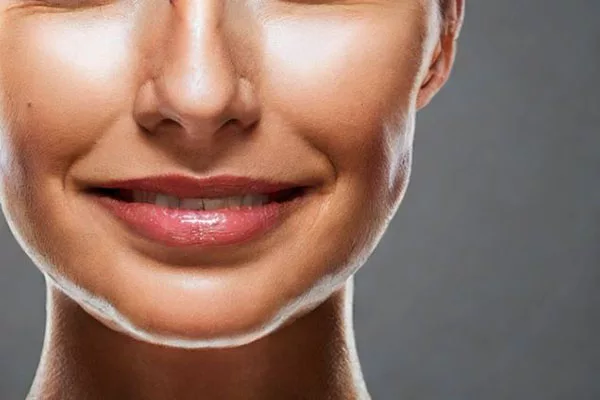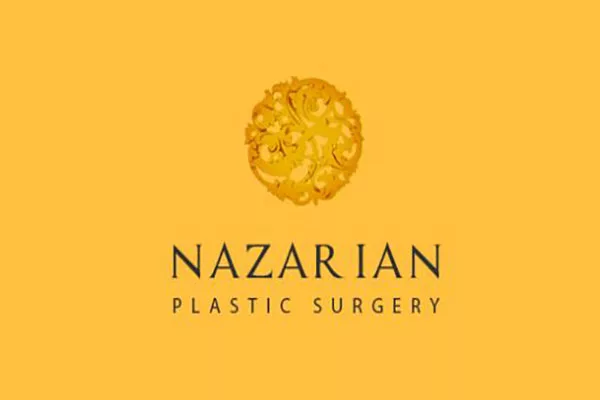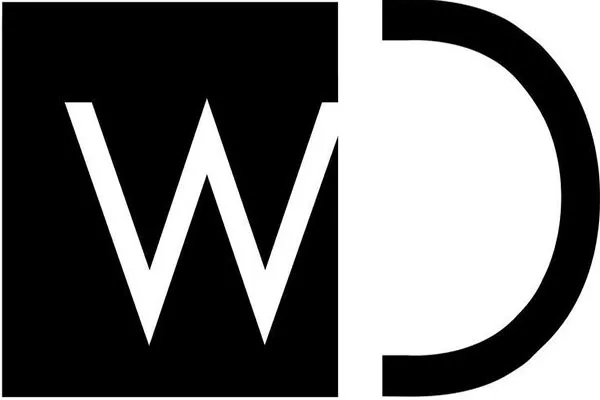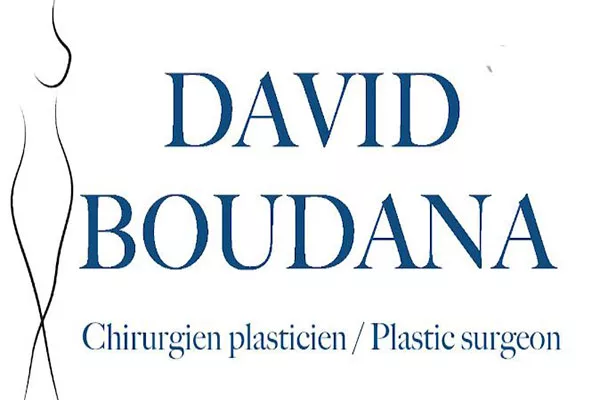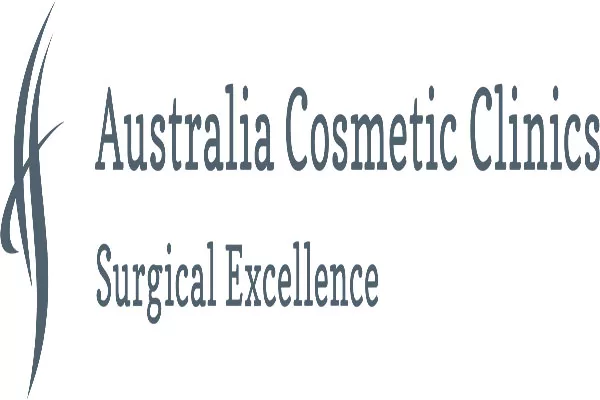Botox is one of the most popular cosmetic procedures worldwide. It involves injecting a toxin called botulinum into specific facial muscles to temporarily reduce wrinkles and fine lines. Botox is an effective way to restore a youthful appearance without surgery.
Here are some things to consider before getting Botox:
- Talk to a qualified professional – Before getting Botox, talk to a qualified medical professional who has experience with the procedure.
- Set realistic expectations – Botox can significantly reduce the appearance of wrinkles, but it cannot completely eliminate them.
- Understand the potential risks and side effects – Like any medical procedure, getting Botox comes with some risks and side effects. It’s important to understand these before making a decision.
- Consider the cost – Botox can be expensive, and it’s not covered by insurance. Make sure you understand the full cost of the procedure before going through with it.
- Decide if it’s the right choice for you – Ultimately, the decision to get Botox is a personal one. Consider your motivations and whether the procedure aligns with your values and goals.
Who is a good candidate for Botox?
Botox is not recommended for everyone, and there are some factors to consider when determining if it’s the right choice for you. Here are some things that could make a person a good candidate for Botox:
- They have wrinkles or fine lines – Botox is designed to reduce the appearance of wrinkles and fine lines, so individuals with these concerns are typically good candidates.
- They are over 18 – Botox is not recommended for individuals under the age of 18.
- They have realistic expectations – As mentioned earlier, Botox is not a magic solution, and it cannot completely eliminate wrinkles. Individuals with realistic expectations are more likely to be satisfied with the results.
- They are not pregnant or breastfeeding – It’s recommended that individuals who are pregnant or breastfeeding avoid Botox.
- They don’t have certain medical conditions – There are certain medical conditions that may make Botox unsafe, so it’s important to discuss your medical history with a healthcare provider before getting the procedure.
- They are not allergic to any of the ingredients – Individuals who are allergic to any of the ingredients in Botox should avoid the procedure.
What to expect during the Botox procedure
The Botox procedure is generally quick and straightforward. Here’s what you can expect during the procedure:
- Consultation – Before the procedure, you will have a consultation with a healthcare provider to discuss your concerns and determine if Botox is the right choice for you.
- Preparation – The healthcare provider will clean the target area and may apply a topical anesthetic to reduce any pain or discomfort.
- Injection – Using a fine needle, the healthcare provider will inject Botox into specific facial muscles.
- Recovery – Following the procedure, you may experience some mild discomfort or swelling at the injection site, but this should subside quickly.
- Results – It may take several days for the full effects of Botox to become apparent, but most individuals notice a significant improvement in their wrinkles and fine lines. The results typically last between three and six months.
- Follow-up – Depending on the provider’s recommendations, you may need to schedule a follow-up visit to monitor your progress and receive additional injections.
Are there any risks associated with Botox?
While Botox is generally safe, there are some risks and side effects associated with the procedure. Here are some things to keep in mind:
- Bruising and Swelling – It’s common to experience some bruising and swelling at the injection site following the procedure.
- Headaches – Some individuals may experience headaches or migraines after getting Botox.
- Drooping – In rare cases, the injection can cause temporary drooping of the eyelids or eyebrows.
- Allergic reaction – Individuals who are allergic to any of the ingredients in Botox may experience an allergic reaction.
- Infection – There is a small risk of infection at the injection site.
- Breathing difficulties – In rare cases, individuals may experience breathing difficulties after getting Botox injections near the neck or throat.
To minimize these risks, it’s important to choose a qualified healthcare provider who has experience with the procedure and to follow all post-procedure instructions carefully. If you experience any concerning symptoms after the procedure, seek medical attention immediately.
How to prepare for a Botox procedure?
Preparing for a Botox procedure is relatively simple. Here are some tips to help you prepare:
- Find a qualified healthcare provider – Before getting Botox, make sure to find a qualified healthcare provider who has experience with the procedure.
- Avoid blood thinning medications – To reduce the risk of bruising and swelling, avoid blood thinning medications such as aspirin, ibuprofen, and fish oil for at least a week before the procedure.
- Stay hydrated – Make sure to drink plenty of water in the days leading up to the procedure.
- Avoid alcohol – Avoid drinking alcohol for at least 24 hours before the procedure.
- Inform your healthcare provider of any medications and supplements – Make sure to inform your healthcare provider of any medications and supplements you’re taking as these can potentially interact with Botox.
- Ask questions – Don’t be afraid to ask your healthcare provider any questions you may have about the procedure, the risks, or the expected outcomes.
How to care for your skin after a Botox procedure?
Caring for your skin after a Botox procedure can help minimize side effects and ensure that you get the best results possible. Here are some tips on how to care for your skin after the procedure:
- Avoid touching the injection site – Avoid touching or rubbing the injection site for at least a few hours after the procedure.
- Stay upright – Stay upright for at least four hours following the procedure. Avoid lying down or bending over, as this can increase the risk of swelling and bruising.
- Avoid strenuous exercise – Avoid strenuous exercise or physical activity for at least a few hours after the procedure.
- Avoid makeup – Avoid applying makeup or using skincare products for at least a few hours after the procedure.
- Ice the injection site – Applying an ice pack to the injection site can help reduce swelling and bruising.
- Follow all post-procedure instructions – Make sure to follow all post-procedure instructions provided by your healthcare provider, including any recommendations for follow-up visits or additional injections.
How much does Botox cost?
The cost of Botox can vary depending on several factors, including the healthcare provider’s experience, the geographic location, and the number of areas being treated. Other factors such as the amount of Botox needed for desired results can also affect the cost of the procedure.
On average, the cost of Botox can range from $200 to $700 per session. However, this does not include any additional fees for consultations, follow-up appointments, or medical tests that may be required. It’s essential to check with your healthcare provider about the total cost of the procedure and ensure that you understand all of the fees involved.
It’s also important to note that Botox is typically considered a cosmetic procedure and is not covered by most health insurance plans. However, some providers may offer financing options or payment plans to help make the procedure more affordable.
How often should you get Botox injections?
The effects of Botox typically last between three and six months, depending on the individual and the location of the injection site. After this time, the muscles will begin to regain their strength, and the wrinkles will gradually return.
To maintain the results of the procedure, most individuals will need to get additional injections every three to six months. However, the frequency and number of injections necessary may vary depending on the individual’s goals and the location of the injection site.
It’s important to discuss your long-term goals with your healthcare provider and follow their recommendations for follow-up injections. Getting too many injections too often can cause the muscles to become resistant to the treatment, making it less effective over time.
Are there alternatives to Botox?
Although Botox is a popular and effective treatment for reducing wrinkles and fine lines, there are several alternatives available. These may include:
- Dermal Fillers – Dermal fillers such as Juvéderm and Restylane use a gel-like substance to plump up the skin and fill in wrinkles and fine lines.
- Chemical Peels – Chemical peels use a chemical solution to remove the outer layer of skin, revealing smoother, younger-looking skin.
- Microdermabrasion – Microdermabrasion uses a specialized machine to remove dead skin cells and stimulate collagen production, reducing the appearance of wrinkles and fine lines.
- Laser skin resurfacing – Laser skin resurfacing uses a specialized laser to remove fine lines and wrinkles and stimulate collagen production.
It’s important to discuss your options with a qualified healthcare provider and choose the treatment that aligns with your goals and values.
Conclusion
Botox is a popular and effective way to reduce wrinkles and fine lines and restore a youthful appearance. However, like any medical procedure, it comes with some risks and side effects, and it may not be right for everyone.
If you’re considering Botox, make sure to do your research and find a qualified healthcare provider who has experience with the procedure. Set realistic expectations for the results and understand the potential risks and side effects.
Caring for your skin after the procedure is also essential to ensure the best results possible. Follow all post-procedure instructions provided by your healthcare provider and contact them if you have any concerns or questions.
Remember that Botox is not the only option available to reduce wrinkles and fine lines. Dermal fillers, chemical peels, and laser skin resurfacing are all viable alternatives that may be a better fit depending on your needs.
Ultimately, the decision to get Botox or any other cosmetic procedure is a personal one. Take the time to consider your motivations and choose a treatment that aligns with your values and goals.
References:
- 1. Mayo Clinic. (2019, January 24). Botox Injections. https://www.mayoclinic.org/tests-procedures/botox/about/pac-20384658.
- 2. American Society of Plastic Surgeons. (n.d.). Botox Cosmetic. https://www.plasticsurgery.org/cosmetic-procedures/botulinum-toxin.
- 3. American Society of Plastic Surgeons. (n.d.). Dermal Fillers. https://www.plasticsurgery.org/cosmetic-procedures/dermal-fillers.
- 4. American Society of Plastic Surgeons. (n.d.). Chemical Peel. https://www.plasticsurgery.org/cosmetic-procedures/chemical-peel.
- 5. American Society of Plastic Surgeons. (n.d.). Laser Skin Resurfacing. https://www.plasticsurgery.org/cosmetic-procedures/laser-skin-resurfacing.
- 6. American Society of Plastic Surgeons. (n.d.). Facelift. https://www.plasticsurgery.org/cosmetic-procedures/facelift.
